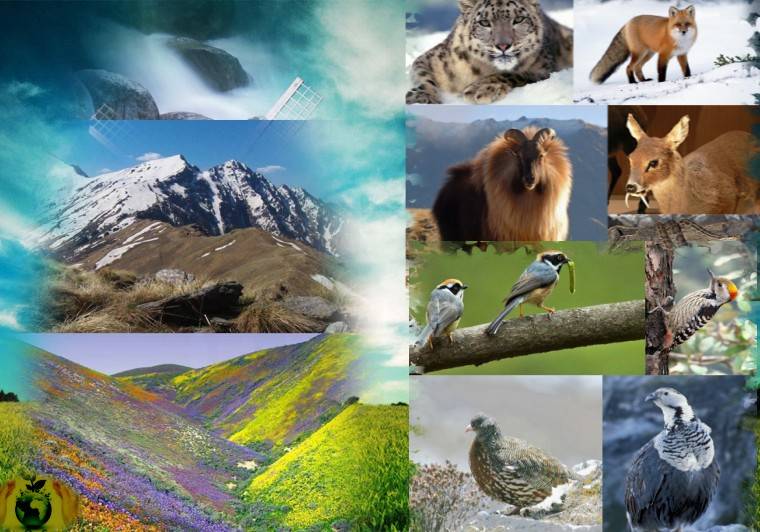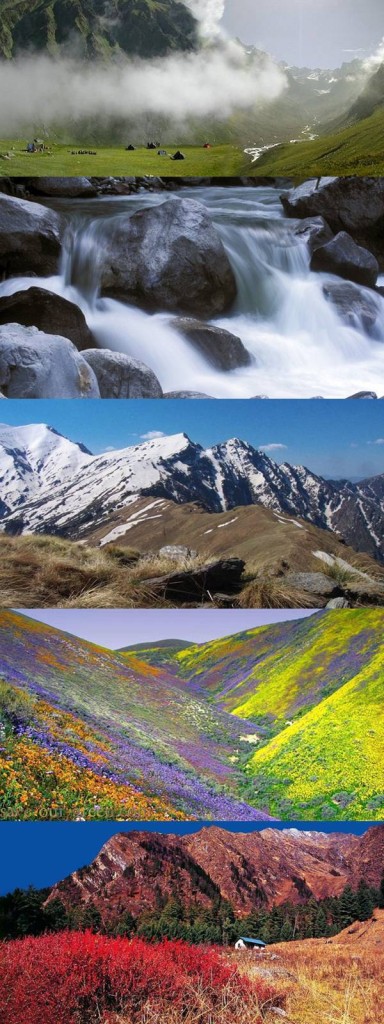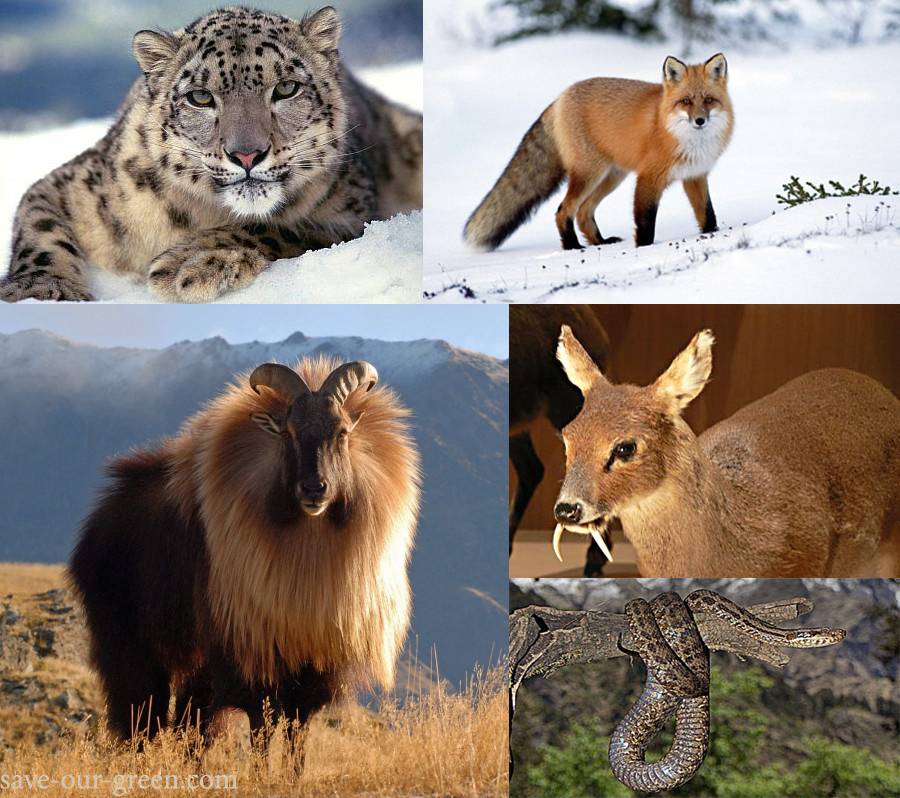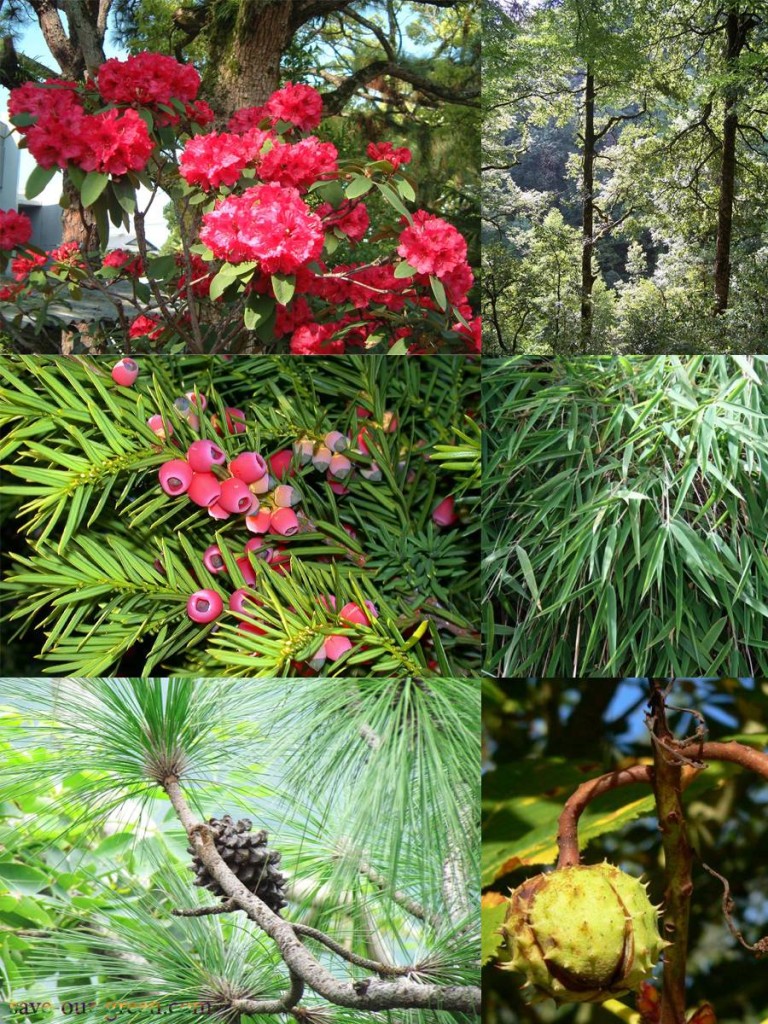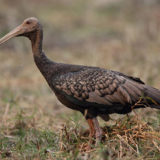The Great Himalayan National Park (GHNP)
The Great Himalayan National Park (GHNP)
Location: The park lies on northwest Himalayan bio-geographic zone, located in the beautiful Kullu district in the state of Himachal Pradesh.
Description:
The Great Himalayan National Park (GHNP) is a newly conjoined national park to Indian`s national parks. Initially, the park was established in the year 1984, but later in the year 1999, it was declared as a national park. It has an area of 754.4 square km that ranging between altitudes from 1700 m to 5800 m above sea level. The Himalayan national park is naturally protected on the northern, eastern and southern boundaries by steep ridges and mountain ranges. The boundaries of the park are contiguous with the Pin Valley National Park, the Rupi-Bhaba Wildlife Sanctuary and the Kanawar Wildlife Sanctuary.
Climate:
Due to its high altitude, the climate of this national park is just like Himalayan temperature. The Great Himalayan National Park experiences temperatures as low as -10 °C in the higher altitudes during winter and as high as 30 °C during summer. During summer, the morning is sunny; in the afternoon thunderstorms often occurs; but night is relatively cool. During winter the climate condition is close to frozen condition. Sometimes blizzard occurred then temperature down extremely low. The park receives a moderate rainfall around 1100 mm to 1500 mm, but most rainfall happened during monsoon season June to August. Snow fall occurs from November to March & it persists over 3000 m.
Flora & Fauna:
The Great Himalayan national Park is full of rich vegetation. It includes 794 species of angiosperms, 11 species of gymnosperms and 27 species of ferns. The type of its vegetation can be separated in four category (a) Forests, (b) Scrub vegetation, (c) Temperate grasslands and forest blanks, and (d) Alpine meadows. On these areas you can see extensive oak forests below 2500 m altitude, while the alpine meadows can be seen at heights above 3800 m. It is also rich in medicinal plants like Aconitum heterophyllum, Salvia moorcroftiana, Viola serpens, Jurinea macrocephala and Rheum emodi, including the traditional yew tree, Taxus bacata. One-third of the park, from the foot-hills to about 3,600 m. and then again, above 4000m., is covered with closed canopy forests. Coniferous forests of blue pine and deodhar, the West Himalayan silver fir and spruce and the Himalayan cedar along with patches of bamboo Arundinaria spathiflora comprise the dense undergrowth. The horse chestnuts are found at lower altitude and broad leaved forests are found in slopping areas. Fir occurs on more steep areas. Juniper and rhododendron shrubs occur extensively in the sub-alpine zone, at an altitude of about 3,700 m.
The park supports more than 31 mammals, 209 birds, 12 reptiles, 9 amphibians, 11 annelids, 17 molluscs and 125 insects as its fauna spices, some them are rarest and most endangered. The animals include the Himalayan Musk Deer, Goral and Serow, Snow Leopard, The Himalayan black bear, Himalayan Tahr, Blue Sheep, Leopard, the Himalayan Brown Bear, the Himalayan Red Fox, Giant Indian Flying Squirrel, Porcupine, Himalayan Palm Civet, Himalayan Weasel and Yellow throated Marten.
Birds are like Snow Partridge, Himalayan Snowcock, Indian Peafowl, Himalayan Monal, Common Hill Partridge, Black Francolin, Kingfisher, owl, Great Barbet, The Cinereous Vulture, Golden eagle, Redwhiskered Bulbuls, Alpine Swift, Brownfronted Pied Woodpecker might be seen here.
Other tourist attractions:
The Great Himalayan national park`s area are strictly protected & under the guidelines of Wildlife Protection Act of 1972. And the government of Himachal Pradesh has banned hunting in the state for more than 10 years. But you can take part in various adventure sports and other activities organized by the tourism and forest department like trekking, The park also provides forest rest house for its visitors.
